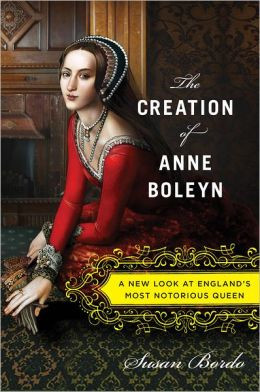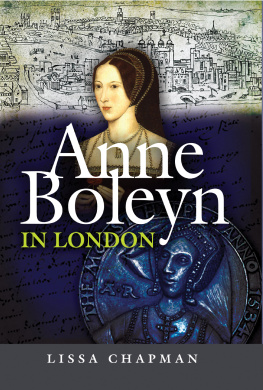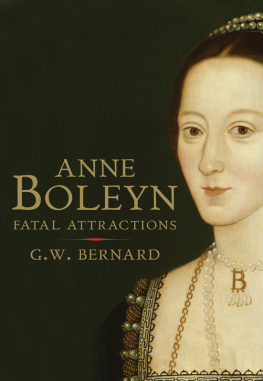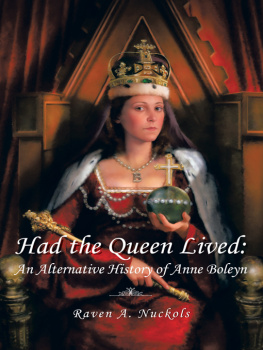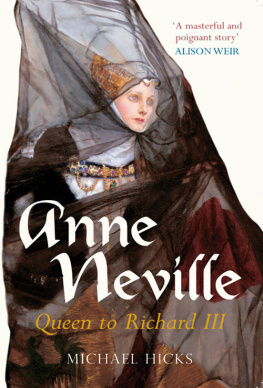Afterword: Anne, Susan, and Cassie
W E ALWAYS WRITE from our own time. And our own lives. This book, for me, started as a kind of rescue fantasy. I have always been fascinated by girls and women who began with great hope and promise and met tragic endsAnne Frank, Sylvia Plath, Marilyn Monroe, Princess Diana. And then, too, the less famous but brilliant, troubled young womenthe anorexics, the cutters, the sexually abusedwho have been drawn to me as a teacher, writer, and friend. I have been adopting these girls all my life, spellbound by the (almost always false) belief that if they just had someone who truly understood, everything could be made right. For them, of course, but also for me. As they sat in my office, sipping their water, soothed and grateful, I would feel the capable, reassuring, empathic Professor Bordo grow bigger and more real, until the sad, fearful child that I had been, Susan Klein, would almost disappear. Almost. Twenty-five years before, those feelings had led me to write my first book, about cultural attitudes toward the female body and their impact on girls and women; when I first began to research Anne Boleyn, I felt I was being called to another maternal mission. I would find the real Anne Boleyn and rescue her from the pile of mythology that had built up around her. Presumptuous. Grandiose. But in the end, isnt that why writers continue to add our puny words to the vast pile? We want to save someone, something, some truth or other, from oblivion, forgetfulness, stupidity, malice.
I figure her to be about twelve. It was a privilege, of course, to be finished abroadand far less wrenching in the sixteenth century, when infant mortality was high and the affective bonds between parent and child were nothing like the norm today, when a middle-class childs leaving for college is a great drama for all concerned. Still, at twelve, Anne had known nothing but the secluded Hever countryside and an everyday life centered on learning and play with her mother, brother, and sister. It had to have been wrenching, if exciting, to leave this bucolic life behind.
I loved this dreamy portrait, whatever its origins. For me, it was a reminder that there was an Anne before Henry, before the divorce from Katherine, before the miscarriages, before the charges of adultery, before the Tower. An Anne who sat at a seventeen-foot table; laughing with her family; dining on roasts, olive pie, spiced custard, and the numerous fricassees and quelque choses that were the pride of every well-heeled Tudor housewife. An Anne who practiced her French with the diligence of a scholar. An Anne who slept in a tiny bedroomsnug, plain, and sweet, and among the few rooms at Hever that have not been plushly redecorated in Edwardian styledreaming of... what? We really dont know. The Hever portrait reminds us that the archetypal temptress was once a real live child.
Looking at the portrait, I felt intensely protective. It was not unlike the feeling that sometimes floods me when I am talking to one of my eighteen-year-old students, and the nighttime cutter or purger is revealed to me behind the bravado of the belly-button piercing. And it called up my fears for my own daughter, Cassie, who from infancy was bolder, more independent, and more audacious than her peers. As I watched with admiration as she resisted the pink police throughout elementary school, I had come to feelin my heart, not in my head, which knew it was nonsensethat Cassie, whom we adopted, had been cosmically entrusted to me. I was relieved that neither the culture nor her DNA had given me a girl like Diana, dreaming of the day her prince might come. But I worriedand still do, of coursehow her unconventional behavior would be met, as she grew older, by peers and teachers. The young Anne, as I imagine her, was once as sturdy and unafraid as my daughter. I see them both on horseback, sure and free, challenging each other. Faster! Faster! The countryside is hilly and difficult, but these are fearless girls, who take each turn and jump with ease, laughing, thrilled at their own expertise.
Cassie, then eight, was with me when I traveled to London during my first Boleyn-obsessed July, courtesy of a British conference invitationironically, on the topic of masculinity and pathology. By then, I had developed the spirit of an avenging mama. I was even angry at Hever Castle for devoting less space to Anne than to William Waldorf Astors seventeenth- and eighteenth-century antiques. At that point, having spent several months obsessed with Anne, I was hoping to find something grippingly authentic there that I hadnt yet found in the books. But Astor and his wife, who had combed the world (through their agents) for paintings, furniture, carpets, and objets dart worthy of the castle, had chased the ghosts of Anne and Henry from most of the house. Magnificent gardens, created in the early 1900s from marshland and rough meadows, frustrated my yearning to see and smell the natural surroundings of Annes childhood. They were gorgeous, but I didnt want to see plush, satin-covered furniture and well-tended grounds; I wanted Tudor with everything wild and not-quite-civilized about it.
I was especially annoyed to find, on the second floor of the castle, elaborately costumed figures created by the costumiers Angels of London arranged in scenes commemorating Henry VIII and His Six Wives and Scenes from the Life and Times of Anne Boleyn. Some of the figures are impressively lifelike and period appropriate, and the artist had lavished particular skill on the executioner. But Annes face seems to have been modeled with Miss America 1959 (was it Mary Ann Mobley?) in mind. Impossibly regular-featured and wide-eyed, shes a Breck Girl, a Junior Miss, a mannequin stolen from a fifties window display on What the Modern Girl Will Wear to School This Fall and redressed in Tudor garb. And the executioner had an ax, not a sword! To me, full of the passion of the newly converted, this was a travesty. My daughter, however, found the execution scene awesome and could only be dragged away by a reminder that there was a display of torture instruments on the second floor.
What part of the body did they put those on? my daughter asked excitedly, pointing to a particularly grisly pair of steel pincers. How hard did they squeeze them? Did the person die, or could he live if they got him to a hospital in time? She was pressed up against the glass, amazed that grown-ups had once been so creative with the nasty things that they did to one anothers bodies. I bet if they got him to a hospital right away, he could still live. Out of the corner of my eye I saw a pair of raised English eyebrows and pursed lips. Historical education, I said, trying to elicit a laugh that never came and attempting to shift Cassies interest to the suits of armor.
There are very few reminders at Hever of the real events that played out here. One is a room containing Annes prayer books, under glass, where I stood spellbound for a few moments, staring at the inscription le temps viendra (the time will come) and indulging my belief in a mystical connection between Anne and me, which I now recognize as just the irrational mentality of the first stages of infatuation. Another is the room where Henry is said to have slept when he visited Hever. (He carried an enormous lock with him, which he had a locksmith affix to the bedroom door wherever he stayed during his progresses or as a visitor.) The massive bed is dated from about 1540four years after Annes deathbut it is easy to imagine Henry sleeping in one just like it. As I stared at Henrys bed, mentally trying Charles Laughton, Robert Shaw, Richard Burton, and Jonathan Rhys Meyers on for size, I suddenly remembered that Cassie was wandering alone through the rooms of the castle. Cassie, where are you? I kept my voice down, trying not to fulfill the loud American stereotype, but my daughter, as usual, had slipped out of my sight. Cassie? The rooms are mazelike and there were countless canes and walkers to negotiate. "Cassie?" I finally found her searching, without any luck, for something interesting in a room with portraits. She was already chafing at the bit, eager to get to the gift shop, where we purchased a set of chocolates, seven in all, six wives and Bluff Hal in the middle.

